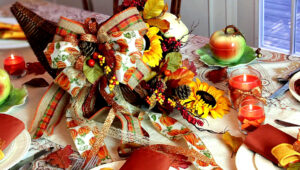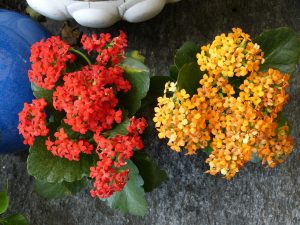By planting seasonal flowers now, you can enjoy a beautiful display that extends your gardening enjoyment well into the cooler months. In this post, we’ll explore a variety of annual flowers that are perfect for planting in the fall, each with its own captivating merits and charm.
Chrysanthemum (Mums)

Chrysanthemums, commonly known as mums, are iconic fall flowers that exude warmth and beauty. These hardy blooms come in various colors and forms, allowing gardeners to create a dynamic visual experience. Mums thrive in the cooler autumn temperatures, and when planted in the fall, they can establish strong root systems before the first frost hits. With their bushy growth habit, they also make excellent companions for other late-season blooms.
Mums prefer well-drained soil and should be planted in a location that receives full sun for at least six hours a day. Regular watering is essential to help them adapt to their new environment, especially in the initial weeks after planting. If you’re looking to make a statement in your outdoor space, these flowers can be arranged in clusters or used in borders to create stunning focal points.
Pansy
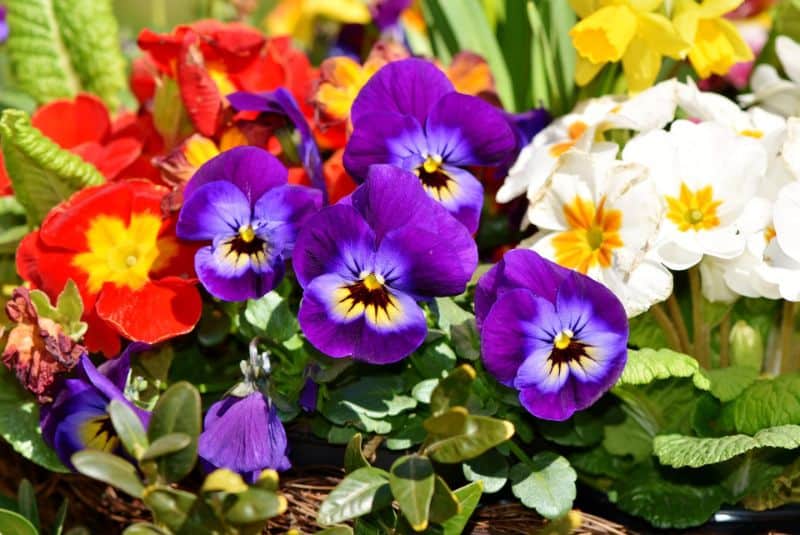
Pansies are beloved for their cheerful faces and vibrant colors that can brighten even the gloomiest days. These hardy little plants offer a wide range of shades, from deep purples to sunny yellows, making them a perfect choice for fall planting. Pansies can endure cooler temperatures and even light frosts, enabling them to continue blooming into winter.
Pansies thrive in rich, well-draining soil and prefer partial to full sun. Incorporating pansies in your garden can add charm to containers, window boxes, and flower beds. For an appealing display, consider creating a mix of colors and patterns that complement your existing garden design. Deadheading spent blooms will encourage new flowers to emerge, ensuring a lively display throughout the season.
Amaranthus

With its striking foliage and unique flower spikes, amaranthus is a standout option for fall gardening. Known for its resilience and adaptability, this plant can withstand varying soil conditions and continues to thrive in cooler temperatures. Amaranthus offers a range of colors, from vibrant reds and purples to metallic greens, making it a visually captivating addition to any garden.
When planting amaranthus in the fall, choose a location with full sun and ensure the soil is well-drained. These plants can grow quite tall, so they work beautifully as background plants in borders or as focal points in mixed flower beds. Plus, the seed heads that develop as the plant matures can attract birds during the winter months, adding an ecological benefit to your garden space.
Alyssum
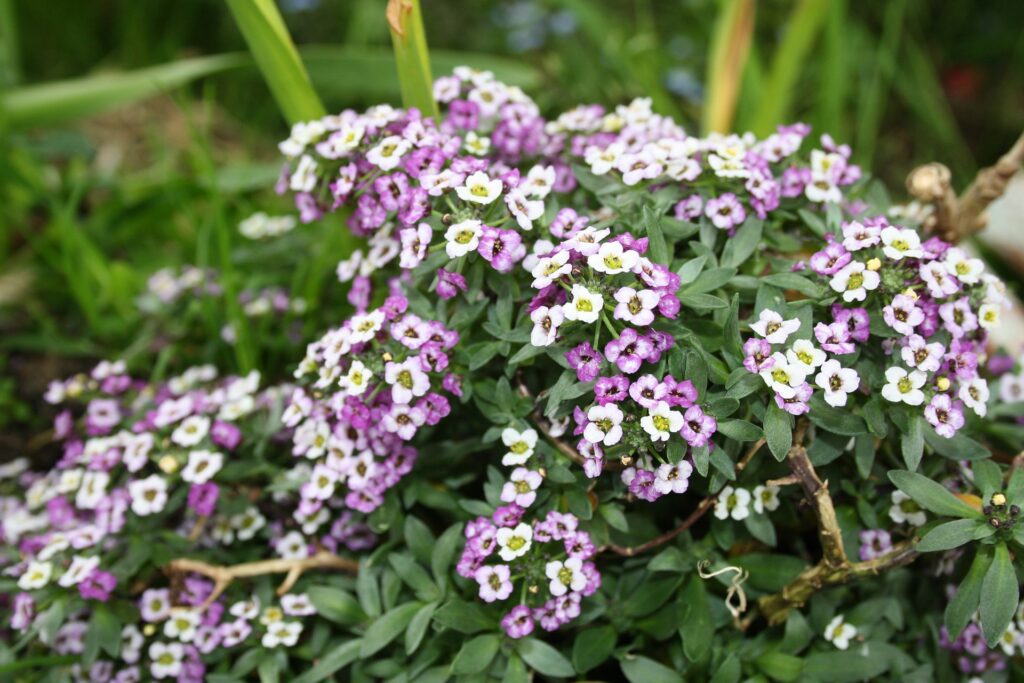
Alyssum is a charming, low-growing annual that produces tiny, fragrant flowers in shades of white, yellow, and lavender. Planting alyssum in the fall is an excellent way to introduce a soft, cascading effect to your garden. These lovely blooms thrive in cooler weather and are known to spread, creating a lush carpet of color.
Alyssum prefers well-drained soil and can tolerate both full sun and partial shade. These plants are particularly well-suited for hanging baskets and borders, where they can spill over gracefully. Plus, the sweet fragrance of alyssum can attract pollinators, making your garden a haven for bees and butterflies even as the season transitions.
Viola
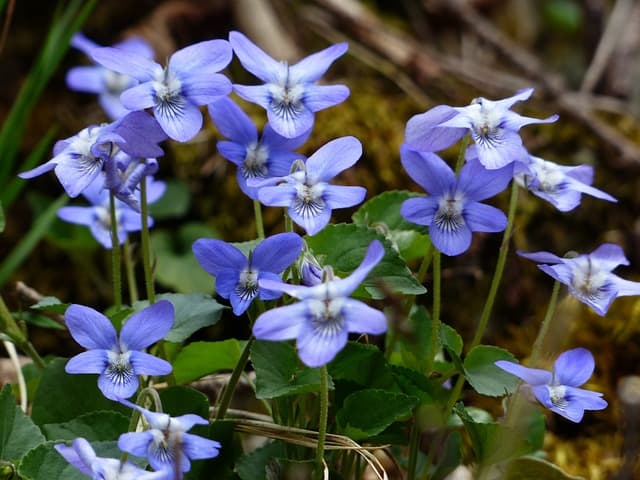
Often mistaken for pansies, violas are a delightful addition to fall gardens. They boast a delicate appearance and offer an array of colors and patterns. Violas are particularly hardy and can withstand the chill of autumn and early winter, often producing blooms even in the coldest months.
When planting violas, opt for a location with full sun to partial shade and ensure the soil is enriched with organic matter. These compact flowers are perfect for edging garden paths or as a vibrant splash in containers. Their cheerful blooms can provide a much-needed dose of color as the landscape shifts into its winter palette.
Marigold
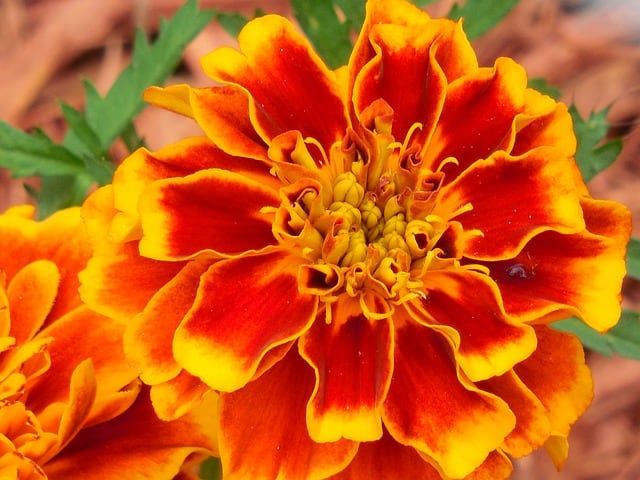
Known for their cheerful, bright orange and yellow blooms, marigolds are a classic choice for fall planting. These resilient flowers thrive in warm soil but can continue to bloom through the cooler fall temperatures. They are also celebrated for their pest-repellent properties, making them a valuable addition to any vegetable garden.
Marigolds prefer well-drained soil and sunny locations. Their upright growth makes them suitable for borders and garden beds. Planting marigolds in fall offers not only visual appeal but also a natural way to control pests, ensuring a thriving garden environment as you transition into the colder months.
Lobelia
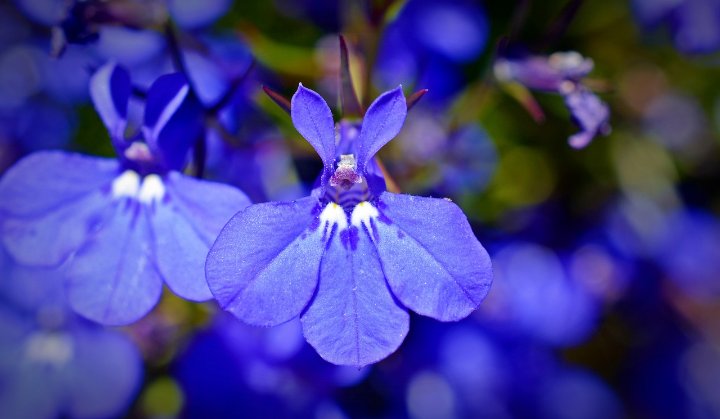
Lobelia offers a stunning cascade of blue flowers that can enliven any outdoor space, especially in the fall. This adaptable plant prefers cooler temperatures, making it an ideal candidate for fall planting. The trailing varieties of lobelia create lovely drapes in window boxes and hanging baskets, while upright varieties add height and color to flower beds.
To ensure healthy growth, plant lobelia in well-drained soil in a location that receives partial sun to full shade. It’s essential to keep the soil moist, particularly during dry spells, as lobelia thrives in more humid conditions. Whether used in a mixed container or as an accent in your flower beds, lobelia’s rich color makes it a coveted choice for extending beauty into autumn.
Flowering Kale
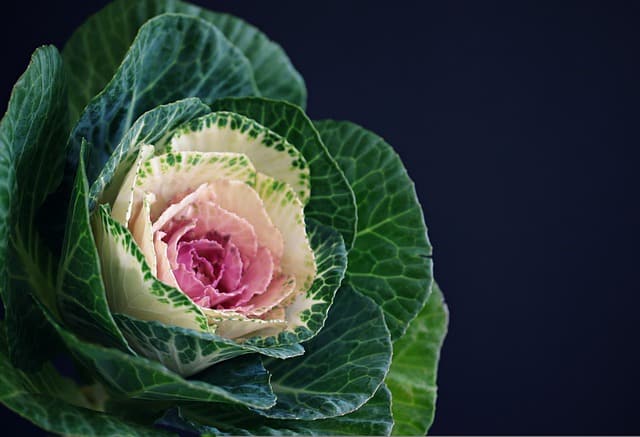
While typically considered edible, flowering kale also serves as a fabulous ornamental plant. Its stunning rosettes of colorful leaves can range from deep purples to vibrant greens, making it a showstopper in any garden. Flowering kale thrives in cooler temperatures, allowing it to maintain its pristine colors even as the weather turns chilly.
Plant flowering kale in well-draining soil with ample sunlight for best results. These resilient plants can serve as excellent companions to other annuals, adding texture and color contrast to your arrangement. As a bonus, the unique look of flowering kale also adds visual interest to containers and garden designs during the fall and winter months.
Celosia
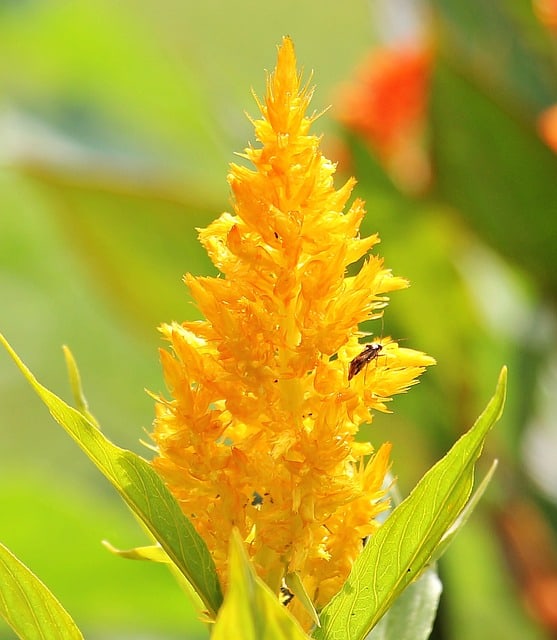
Celosia is a unique, eye-catching flower known for its “cockscomb” shape and vibrant hues. Available in striking colors such as reds, yellows, and pinks, celosia stands out among fall plantings. This resilient plant thrives in warm weather but is also able to tolerate cooler temperatures, making it versatile for transitional seasons.
Celosia prefers well-drained soil and full sunlight, and once established, it requires minimal maintenance. It makes a great choice for adding height to flower beds or as a dramatic focal point in mixed arrangements. The texture and vivid colors of celosia not only enhance the aesthetic of your garden but also provide an appealing contrast to traditional fall foliage.
Dusty Miller
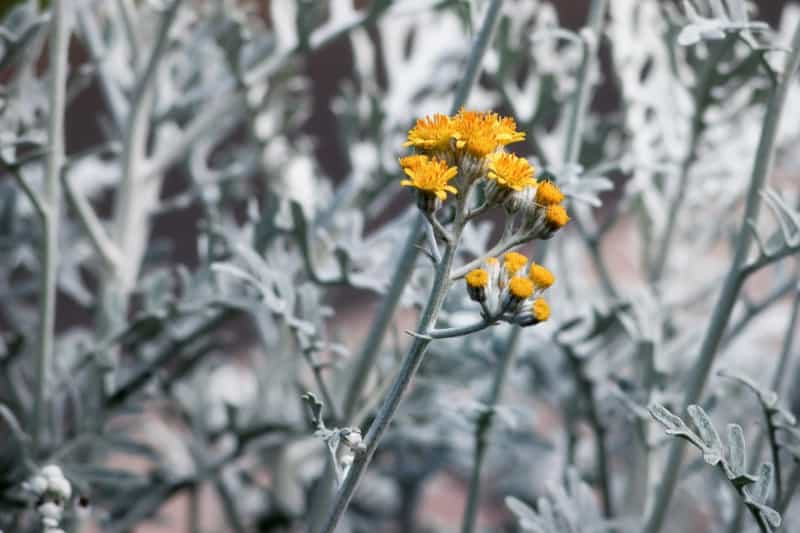
If you’re looking to add some silvery foliage to your fall garden, dusty miller should be on your list. This hardy plant features soft, silvery leaves that provide a wonderful contrast to the colorful blooms typically found in fall gardens. Dusty miller is drought-tolerant and thrives in a variety of soil types, making it ideal for novice gardeners.
This plant flourishes in full sun and can be used effectively as a border plant or filler in mixed flower beds. Despite its low maintenance, dusty miller adds significant visual interest, highlighting the vibrant colors of neighboring flowers. Its neutral hue allows it to complement a wide range of plants, enhancing your overall garden design during the cooler months.
Sunflowers

Sunflowers are often associated with summer, but certain varieties can be planted in the fall for stunning autumn displays. These cheerful giants can reach impressive heights and produce large, radiant blooms that symbolize summer’s bounty. Planting sunflowers in the fall may offer unique varieties that provide a pop of color as the days grow shorter.
Ideal for full sun, sunflowers thrive in well-drained soil and are relatively easy to grow. Consider using shorter dwarf varieties for small spaces or containers, while taller types can create a dramatic backdrop in garden beds. As the sunflowers sway gracefully in the breeze, they bring an uplifting vibe to your fall garden while attracting birds and pollinators.
Gomphrena

Gomphrena, or globe amaranth, is a resilient flower that provides colorful, long-lasting blooms well into the fall. These flowers are spherical in shape and come in rich colors such as purple, pink, and white. Gomphrena is an excellent choice for gardeners looking to maintain color in their landscape during the cooler months.
Plant gomphrena in well-drained soil with full sunlight for the best results. They are drought-tolerant and maintain their color even after being cut and dried, making them a favorite for floral arrangements and dried bouquets. Incorporating gomphrena into your fall garden offers an opportunity to enjoy their unique shape and versatility in various displays.
Verbena
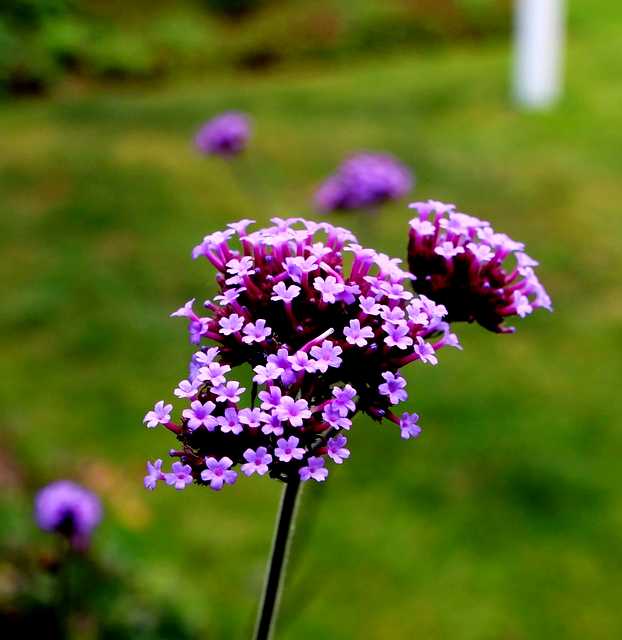
Verbena is a highly adaptable and prolific flowering plant that can bring a cascade of vibrant colors to your garden in fall. With a long blooming period that often continues until frost, verbena carries hues that range from purple and blue to red and white. These resilient flowers attract butterflies and other pollinators, making them a lovely addition to any garden.
Verbena prefers full sun and well-drained soil but is tolerant of various conditions. Frequently used in hanging baskets or as ground cover, verbena’s trailing habit can soften edges and create beautiful cascading effects in containers. The magnetism of verbena ensures your garden flourishes with life and color as temperatures drop.
Rudbeckia (Black-Eyed Susan)
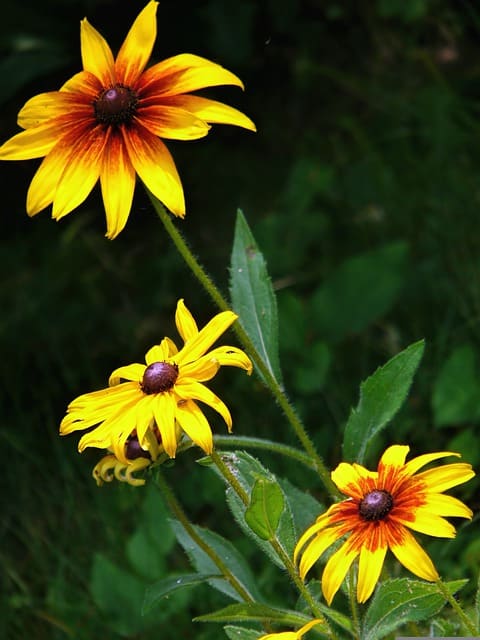
Black-eyed Susan is a classic fall flower that embodies the warmth and cheerfulness of autumn. With their golden-yellow petals surrounding dark centers, they brighten up any garden space. Rudbeckia is known for its resilience and ability to thrive in various conditions, making it perfect for fall plantings.
Plant these sun-loving flowers in well-drained soil and provide them with adequate sunlight for the best blooms. Black-eyed Susans work well as cut flowers, bringing a burst of autumn into your home. Additionally, these flowers can attract beneficial insects and birds to your garden, enriching your outdoor ecosystem while providing a stunning visual display.
Helenium
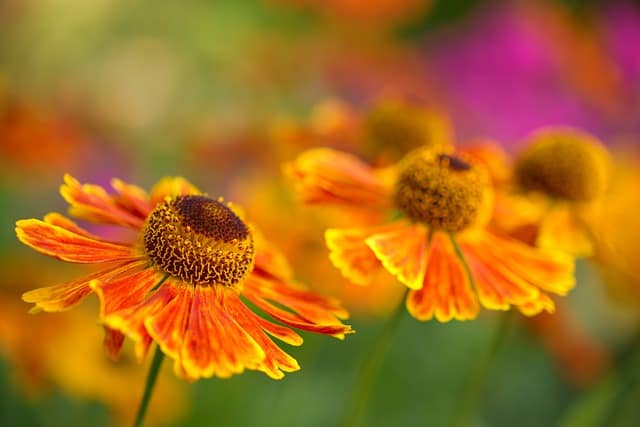
Helenium, or sneezeweed, is a dynamic addition to fall gardens. Known for its daisy-like flowers and vibrant hues that range from yellow to reddish-orange, Helenium blooms in late summer and continues to thrive into fall. This plant attracts pollinators like bees and butterflies, making it not only beautiful but beneficial for your garden ecology.
Helenium thrives in well-drained soil with full sun. These plants are perennials but can also be grown as annuals for a fall display. Their upright, sturdy habit makes them suitable for garden borders or mixed flower beds, where they add height and color while blending seamlessly with other autumnal flowers.
Red Salvia

Red salvia, known for its vibrant red flowers and aromatic foliage, is a fantastic choice for fall gardening. These annuals bloom profusely, attracting hummingbirds and butterflies, creating a lively atmosphere in your garden. Their striking color adds a bold touch to any arrangement, making them a favorite among gardeners.
Salvia prefers full sun and well-drained soil, thriving in a variety of conditions. Consider incorporating different heights and varieties for a multi-dimensional display. Red salvia not only elevates the aesthetic of your garden but also supports local wildlife, enhancing your outdoor environment.
Nasturtium
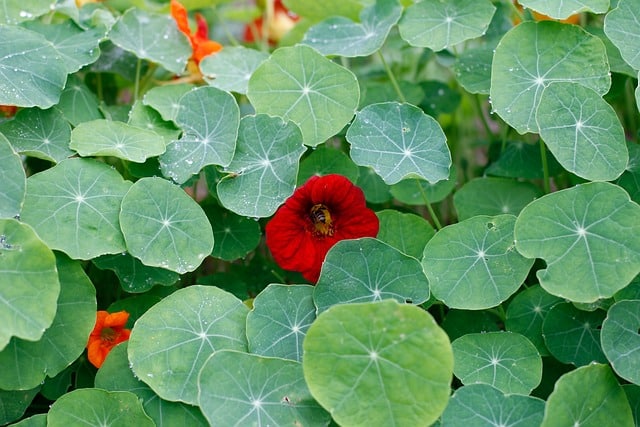
Nasturtiums are a delightful combination of beauty and utility. With their vibrant, trailing blossoms in hues of orange, yellow, and red, these flowers are both edible and ornamental. Nasturtiums thrive in cool weather, making them an excellent choice for fall plantations.
These versatile plants can grow in various soil types but prefer well-drained conditions and full sunlight. Nasturtiums can be used to adorn garden beds, hanging baskets, or containers, adding a splash of color wherever they grow. Their leaves and flowers are not only beautiful but can also be harvested for salads, providing a garden-to-table experience that extends beyond visuals.



